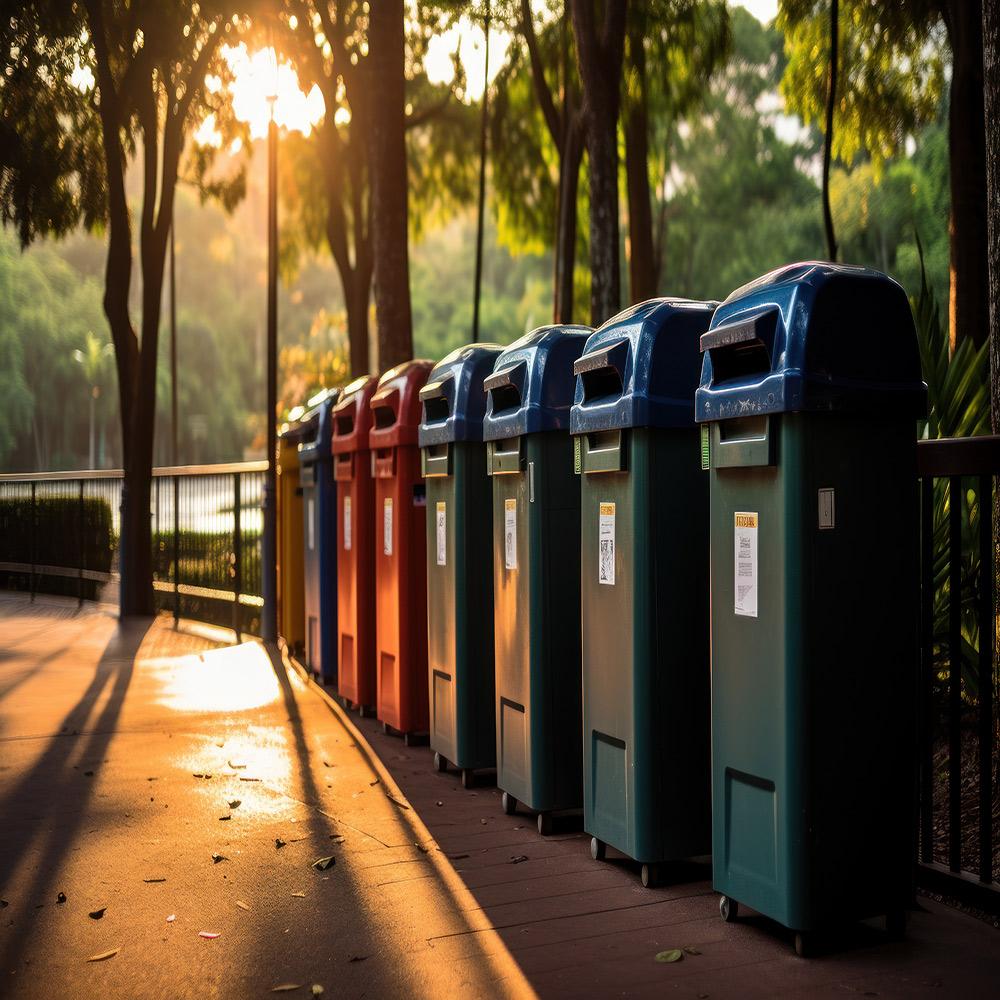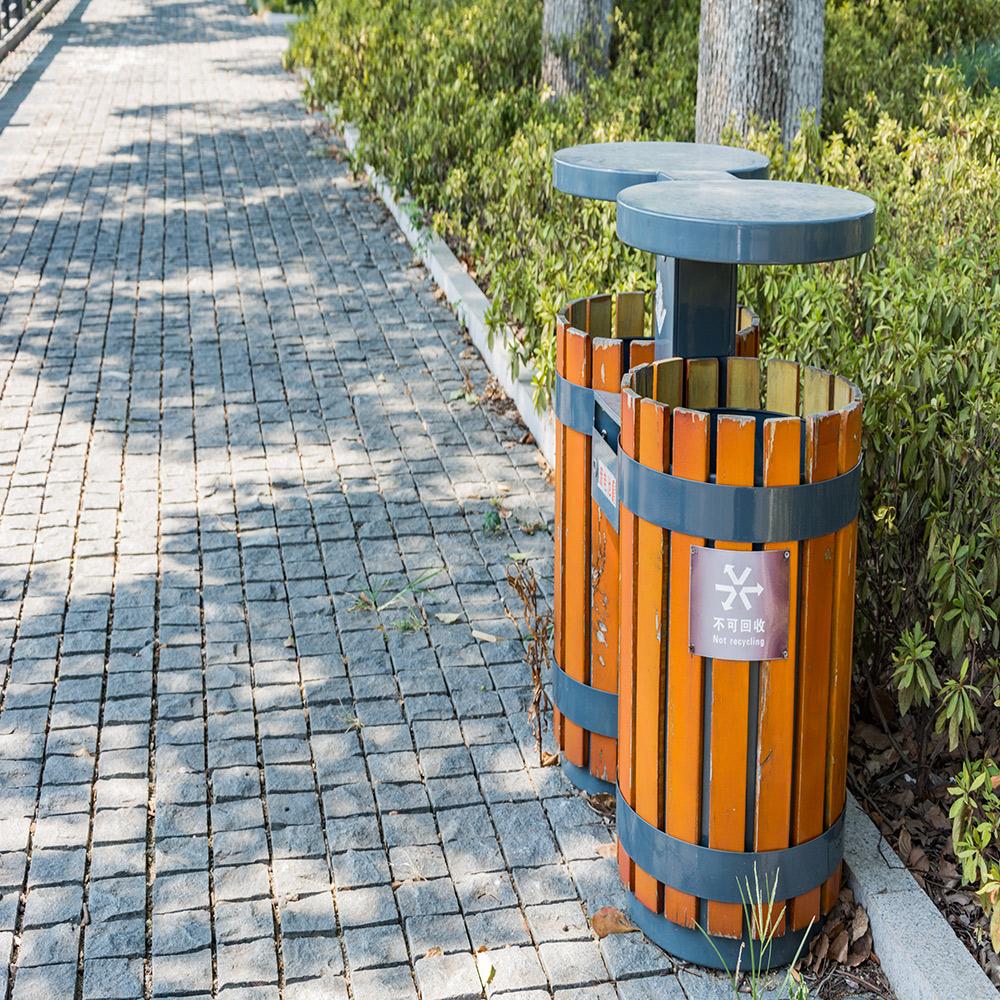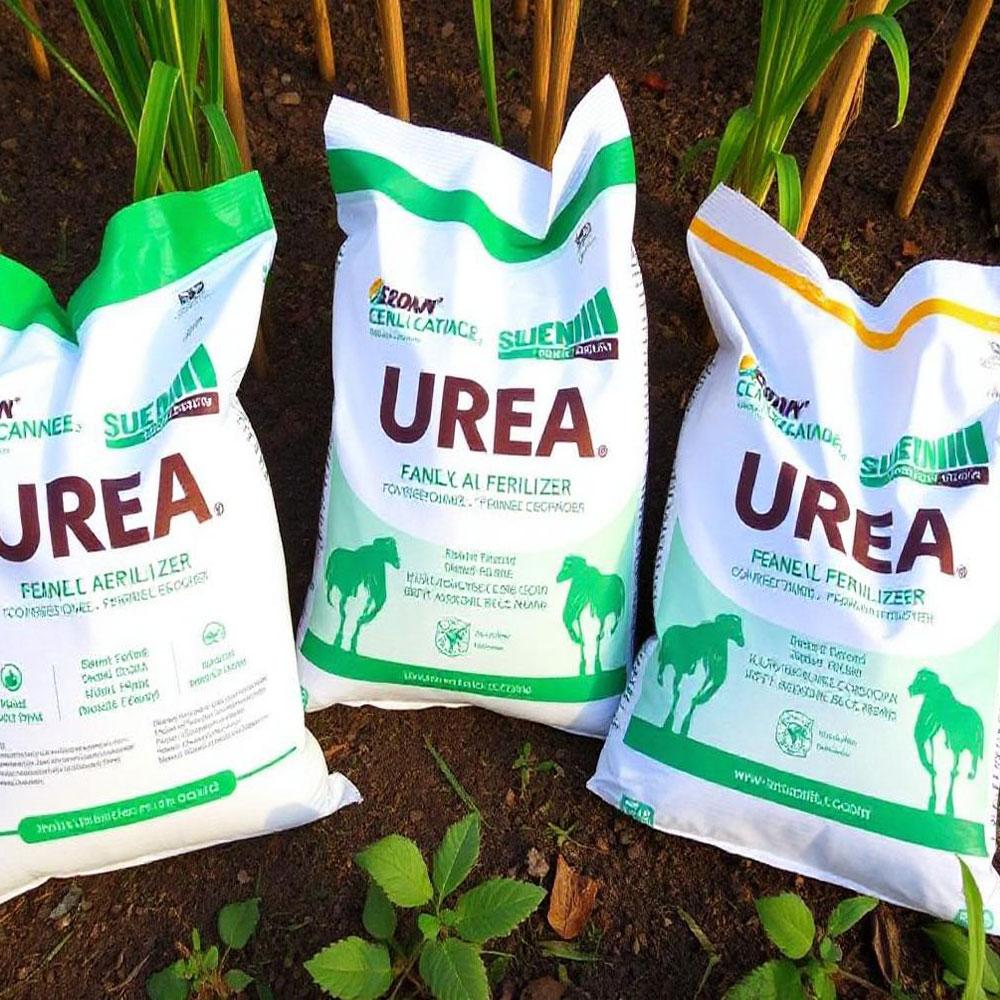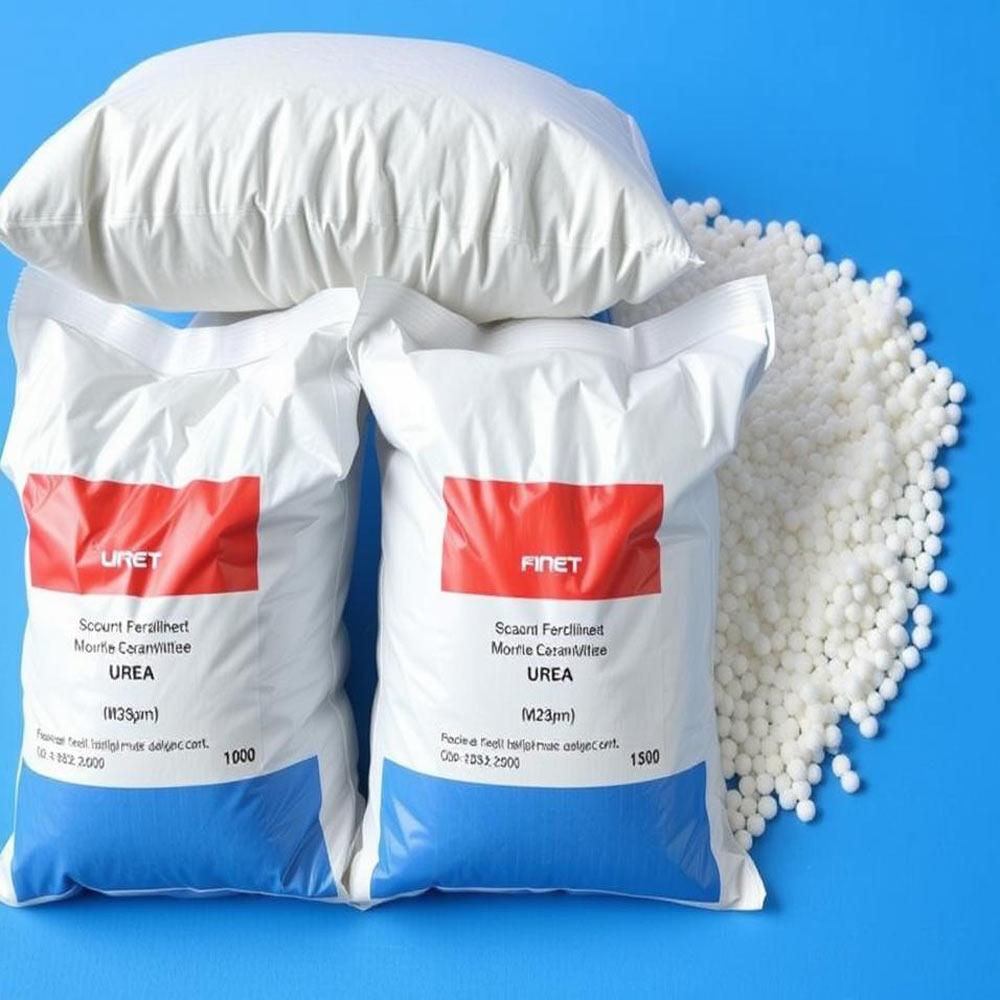The Global Urea Industry and Iran's Role, essential for agriculture, is dominated by producers like China, India, and Ru...
History Waste Bins in the world
Historical Background
Waste Bins in the world Burial of urban waste dates back to about 5000 years ago in ancient Rome; The people of Knossos located in Crete, which is known as the oldest city in history. They were the pioneers of this work, in such a way that they dug large holes outside the city, dumped the waste in different depths of the pits and filled them with soil. But the first urban garbage dump was opened by the Greeks in the 5th century BC and they formulated a law according to which garbage should be dumped at least one mile away from the city.
However, the Greeks opened the first urban garbage dump in the 5th century BC and formulated a law to which garbage should be dumped at least one mile from the city. This fact shows that garbage and waste disposal have been important urban and social issues for a long time. At the end of the 17th century, coinciding with the beginning of the modern era, a report was published in England that linked diseases to the unsanitary disposal of urban garbage; This is how the history of sanitation began and people started collecting garbage from streets, streams and other public places.
Garbage collection was also established at that time. These people collected garbage in a cart every week, but the main challenge of their work was to stay healthy while doing the work. In the 18th century, Europeans burned their garbage, over time, cleaner and less dangerous ways to get rid of waste were invented, and recycling entered as a new and necessary industry.

History of sanitation and waste disposal in Iran
Simultaneously with the emergence of Roman and Greek in Europe, Iranians were also experiencing the glory of an urban empire and as a result, they formulated laws for social health. Paying attention to health in ancient Iran has always been one of the main concerns of governments, religious and non-religious authorities. The kings attached great importance to medicine and the public health of society to the extent that they built medical and even educational centers to treat patients. Recent research findings show that at that time, basic works were done in the field of public health measures related to the environment and housing in Iran; including garbage collection, waste management, workplace and living cleanliness, clothing hygiene, spraying, preventing insects and annoying animals from entering the house, and of course water hygiene, which methods to prevent its pollution in ancient Iran based on the relevant principles, including Prevention of water pollution has been done by separating its path from polluted water, regular care of water, etc.
The public modern health was established in the Amir Kabir by the opening of Dar Al-Funun School. The French doctor Toluzan came to Tehran in 1243 as a physician of Naser al-Din Shah and a teacher at Dar al-Funun, observing famines and epidemics, he proposed the establishment of an organization called the Eradication of the Age, which was later renamed the Ministry of the health.
Since half a century ago, the employees of health engineers under the title of this ministry, in addition to compiling guidelines related to the preparation and distribution of food, sanitation of public places, combating vermin and rodents, designing drinking water supply projects, etc., seriously in the field of waste disposal, they deal with domestic and industrial activities.

Recycling Station
Recycling as the most effective and optimal way to get rid of waste is thousands of years old. The first human activity in this field goes back to early civilizations in China, Europe and Iran; At that time, when the need for metal had increased all over the world, the first societies melted and revived broken metals such as bronze by using casting, and made new tools and containers from them.
Recycling was limited to metal and wood until health seriously entered different social arenas. Old Europeans had established rules for the conditions of disposal, the requirements of which made lovers more valuable, and thus recycling became more important.
Types of trash bins
we can see Different types of trash bins in cities, which can generally be divided into several categories. connected to other components of urban furniture (multipurpose or combined furniture)
- Attached to the wall
- Independent and static
- Movable for temporary use
High capacity and suitable for public environments and roadside collections
Types of trash cans in terms of consumables include wood, plastic, and metal. It should be noted that due to the low durability of wood, it is better to use it only in the city environments.
Design, location and space decorations are one of the things that should always be considered to maintain the health of the environment and its safety. In order to maintain the cleanliness of the city and encourage citizens to observe hygiene, one should pay a lot of attention to the number of trash bins and their contents, which of course depends on the environmental conditions.
For example, in high-traffic urban places such as shopping centers, stores, courtyards, cafes, recreational, etc., you should use a larger number and larger size of this furniture.
Know the garbage bins and their colors
Colors can have different meanings. For example, yellow, green and red colors are used in traffic routes each of these colors has a special meaning. In the field of waste separation, it has been tried to use colors to make the separation process easier. Waste sorting bins are available in different colors, and intended for specific waste.
What is waste segregation?
It means separating dry and wet waste. At present, most of the developed countries follow the recycling program very seriously to help human life and protect the environment.
For example, the people of America recycle more than 28% of their waste. The purpose of waste separation is to separate materials from each other so that recyclable materials can be recycled and returned to the cycle of nature.
Non-separation of waste in industrial areas, companies and urban areas causes increasing health and economic losses and leads to huge costs for their collection and disposal. Therefore, if the waste is separated before it is piled up, the recycling operation will be easier and more successful.
To be separated, it must be done fundamentally. One of these ideas is to place color separation bins in public places and even homes. For this, the necessary culture should be done so that people can put each food in which of the bins, and the color of the bins is very important in separating the food.
Advantages of waste separation
Waste segregation and recycling have many benefits for the environment. By separating recyclable bins from non-recyclable waste, these materials can produce new products and save natural resources and energy. The energy required to recycle segregated waste is much less.
The importance of colors in waste sorting bins
Color-coded waste sorting bins help sort recyclables and reduce pollution. It allows people to segregate waste without labelling it. The color standard of waste separation bins: There is no universal standard for the color of waste sorting bins, as the collection process varies from country to country. In Iran, this process is new and there is no specific standard.

The meaning of waste separation bins in different countries
There is no universal standard for the color of waste segregation bins. Each country may use different colors for waste sorting bins. Below are the meanings of the colors in several countries:
Iran
Green bin: plastics.
Yellow bin: cardboard and paper.
Blue bucket: glass.
Red bucket: metals.
England
Black bin: non-recyclable waste.
Blue Bin: Recyclable dry waste such as paper and cardboard.
Red bin: plastic waste.
Spain
Yellow bin: plastic and aluminum containers.
Blue bin: recycled papers.
Green bin: glass bottles.
Germany
Yellow bin: non-paper and glass light packaging.
Green or blue bin: paper and cardboard waste.
Black or gray bin: non-recyclable waste.
Brown bin: kitchen and garden waste that can be turned into compost.
Some facts about waste bins
Fact 1
In ancient times, people's waste consisted of wood and plant waste. These wastes were buried in pits or burned in the open.
Fact 2
Around 200 ADS, garbage was placed in special containers or wagons and taken to remote places so that the bad smell of garbage would not spread in the cities.
Fact 3
In the 1300s, unsanitary landfill conditions in Britain caused an outbreak of the plague. In 1407, stricter laws were introduced, and in 1875, the first trash can appear.
Fact 4
Around 1800, the first trash cans were made of wood or metal, and people paid the government to dump their trash in them. Today, trash cans are made of different materials.
Fact 5
In 1883 in France, Eugene Poubel enacted a law that required the use of closed garbage cans. This period was the first phase of urban waste separation in the world.
Fact 6
In 1920, Lillian Muller Gilbert invented the first pedal bins that opened by pressing a pedal. These bins were first designed for the kitchen and today they are also used in commercial centers.





